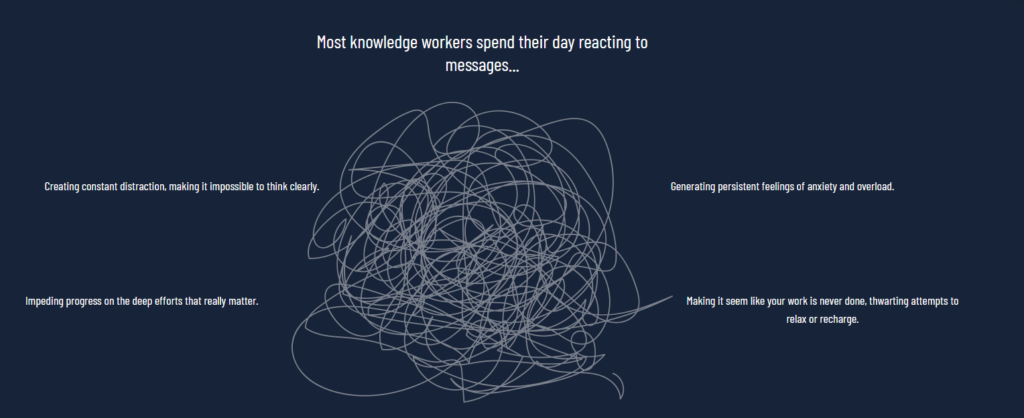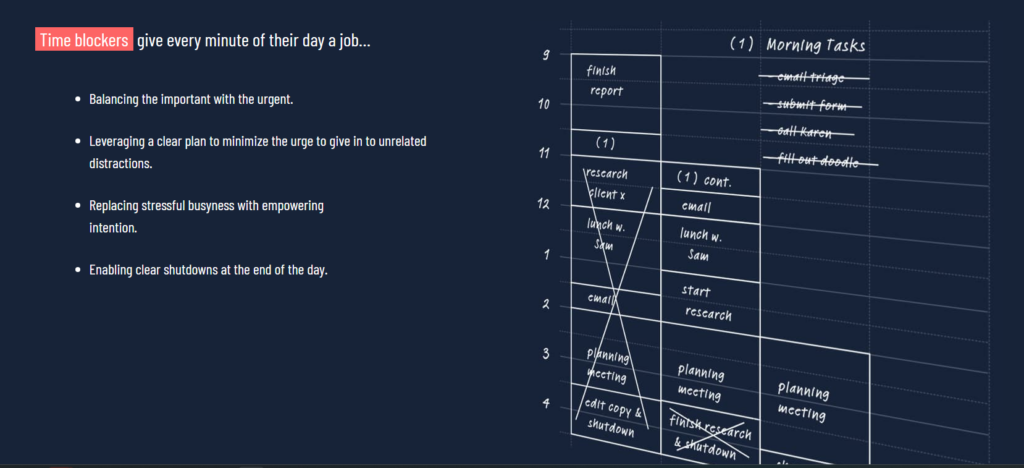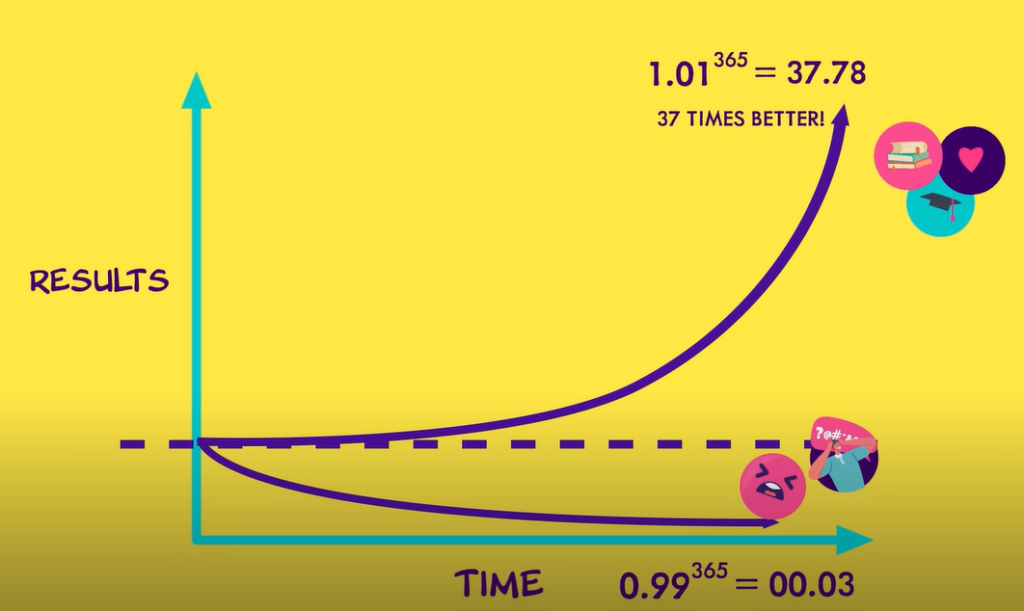
Table of Contents
- Introduction
- The Illusion of Predictability
- The Trap of Over-Planning
- Embracing Uncertainty
- Conclusion
Introduction
We often make plans, set goals, and envision a future that we think will bring us happiness and fulfillment. We invest in retirement funds, choose career paths, and even select life partners based on what we think our future selves will want. But the truth is, you don’t actually know what your future self wants. This isn’t a pessimistic view; it’s a liberating one. Understanding this can free you from the shackles of over-planning and open you up to a life of spontaneity, adaptability, and true happiness.
The Illusion of Predictability
Why We Think We Know
Human beings are wired to seek predictability. It’s a survival mechanism that has been ingrained in us through evolution. We like to think that if we can predict what will happen, we can control it. This leads us to make decisions based on assumptions about what our future selves will want or need.
The Reality
The reality is that life is inherently unpredictable. Circumstances change, people come and go, and most importantly, you change. The person you are today is not the same person you were five years ago, and you won’t be the same person five years from now.
The Trap of Over-Planning
The Fear of Missing Out
In our quest for predictability, we often fall into the trap of over-planning. We’re afraid that if we don’t plan for every contingency, we’ll miss out on opportunities or end up in undesirable situations.
The Cost
Over-planning can lead to stress, anxiety, and ultimately, disappointment. When things don’t go as planned, we feel like we’ve failed, even when the new outcome might be equally good or even better than what we had originally envisioned.
Embracing Uncertainty
The Power of Now
Instead of obsessing over what your future self might want, focus on what you want now. This doesn’t mean you should be reckless or ignore the future entirely. It means you should be present and make decisions based on your current state of mind and circumstances.
Adaptability is Key
Being adaptable allows you to navigate through life’s unpredictabilities. When you’re flexible in your plans and open to new experiences, you’re more likely to find happiness and fulfilment, regardless of what the future holds.
Conclusion
You don’t actually know what your future self wants, and that’s okay. Embrace the uncertainty and focus on the present. Be adaptable, be open, and most importantly, be yourself. Your future self will thank you.















